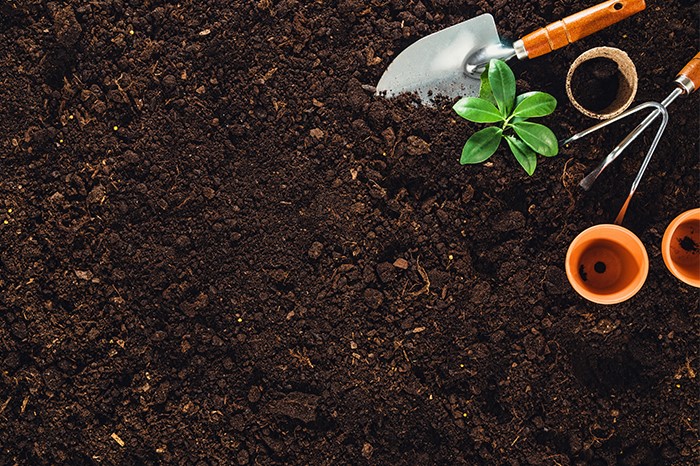
Yes, There Are Fertilizer Types! Here’s Why You Should Use Soluble, Insoluble, Chemical, and Organic Fertilizer
When considering fertilizers, it’s important to know the difference between soluble and insoluble, and chemical and organic fertilizer. Don’t worry … it’s not as difficult as it sounds! Let’s define these different categories and go over their unique qualities.
Soluble Fertilizer vs. Insoluble Fertilizer
If your fertilizer must be diluted before it is used, it is a soluble fertilizer. If not, it is insoluble. Soluble fertilizers must be diluted with water before they are applied to soil, and it is important to have the correct dilution rate for it to work properly. Liquid soluble powders or liquid concentrates that mix to create the solution are common examples. Liquid nutrients have to be reapplied every one to two weeks. This can be beneficial because these nutrients are quickly absorbed, and plants can get their benefits in a short amount of time.
In contrast, insoluble fertilizers need a while to dissolve before plants have access to their nutrients. Gardeners must work them into the soil or sprinkle them around. They last one to nine months, and since this fertilizer type takes a while to break down, nutrients release more slowly.
Chemical Fertilizer vs. Organic Fertilizer
Fertilizers can also be categorized as chemical (inorganic) or organic. Chemical fertilizers extract nutrients and combine them into specific ratios with other chemical additives. They often include petroleum products, rocks, and occasionally organic sources. Unlike organic fertilizers, the nutrients in chemical fertilizers are available to the plants on a rapid basis. They also include the exact ratio of nutrients that plants need to grow properly. However, chemical fertilizers have disadvantages. They often derive from non-renewable sources, and they help grow plants but do not necessarily increase soil health. Because of the large quantity of nutrients, there is also a higher possibility of over-fertilizing your plants which can cause leaf damage. Chemical fertilizers can lead to salt buildup in the soil, and in the long term, they can alter the pH level of the soil, increase pests, and alter microbial ecosystems.
Organic fertilizers contain only plant or animal-based materials. This includes compost, manure, bone, blood, and feather meal, and kelp. There are a few benefits of opting to choose organic fertilizer over synthetic fertilizer. While the organic fertilizer is breaking down, it can improve the structure of the soil and increase its ability to hold water and nutrients. There is also little risk for toxic buildup of chemicals that can be harmful to plant health.
Organic fertilizers are renewable, biodegradable, and overall sustainable. However, they do have their disadvantages. First, they require microorganisms that break down to release nutrients into the soil. This means there must be warmth and moisture present. This limits the usage of organic fertilizer season by season, as it may not be as effective in colder months. Organic fertilizers also take a longer time to break down. Nutrients may not release as quickly as a gardener hopes depending on their needs.
The Dirt on Dirt Fertilizer Recommendations
It is important to be aware of different fertilizer styles to know which will promote proper growth in your garden. If you’re taking the first step in choosing your fertilizer type now, consider using ARBORChar ™ All Purpose Grow, which is an organic fertilizer and biochar blend that improves leaf vigor, root development, and soil structure. Also try NutriRoot ™ 2-2-3 Liquid Soil Applied Fertilizer, which helps stimulate root growth and helps to reduce water stress in trees, shrubs, and lawns. Good luck, and happy growing!
Don’t forget that August is GYO Month at The Dirt on Dirt! Follow us on social media for a new GYO special each week!


Sorry, the comment form is closed at this time.